8 Steps to Create an Employee Handbook
An employee handbook is more than just a collection of policies—it’s a vital resource that helps shape your company’s culture and ensures everyone is on the same page. When structured properly, it can clarify company policies, outline key procedures, and ensure that everyone in the organization is on the same page. A well-crafted handbook can also help new employees integrate smoothly into your company culture and provide a reliable reference point for all staff.
We know that creating an effective employee handbook can be a daunting process so In this article, we’ll guide you through the steps to make it understandable and simple for you. You’ll discover how to structure the content to make it clear and accessible, what essential sections to include, and how to tailor it to fit the unique needs of your company. By the end, you’ll have a clear roadmap to creating a handbook that serves both your employees and your organization well.
Start With Research
Before you dive into creating or updating your employee handbook, it’s important to do some research.
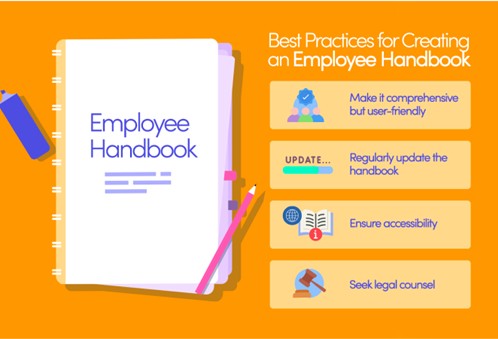
Policies and Procedures
If you already have a handbook, take a close look at the existing policies. Determine if any of them need to be updated to reflect current practices or if some can be removed entirely. Policies that are outdated or no longer relevant can create confusion, so it’s essential to keep your handbook up-to-date.
Whether you’re refreshing an old handbook or starting from scratch, research the legal requirements that apply to your company. These requirements can vary depending on your company’s size, industry, and location. Make sure your handbook complies with relevant laws and regulations to protect both your employees and your organization.
When researching, pay attention to the fundamental policies that should be included in every employee handbook. These typically cover key areas such as creating a welcoming and safe workplace, including an:
- At-Will Employment Policy
- Equal Employment Opportunity/Non-Discrimination Policy, and
- Anti-Harassment and Bullying Policies.
You’ll also want to include policies about maintaining a drug, alcohol, and smoke-free workplace. Additionally, consider policies related to time off and leaves, benefits and compensation, and office life and business conduct. These core sections ensure that your handbook covers essential topics that apply to all employees.
If you’re looking for a shortcut to expedite the process, just reach out. We can supply multi-state model policies for your team to review and handle the import and design of your handbook, ensuring you’re ready for launch.
Available Tools and Distribution Methods
Next, consider the tools you’ll use to create and distribute your handbook. Decide if you’ll include multimedia elements like videos or images, which can make the content more engaging and easier to understand. Also think about how you’ll distribute the handbook—whether it’s in print, digital format, or accessible through an employee portal—so you can choose the best tools for the job.
Creating policies and procedures can be challenging, but leveraging the right technology can simplify the process. Investing in software that supports the creation, review, publication, and distribution phases can be invaluable. Useful tools might include collaboration platforms for sharing and reviewing content, project management software, secure delivery systems with review tracking, e-signature tools, and even survey software to engage employees. By addressing these tasks early, you’ll ensure you have everything in place when you need it, including the necessary support from both internal and external resources.
Determine Who to Involve in Your Employee Handbook Project
Creating an employee handbook is a team effort, so it’s important to determine who will be involved from the start. First, decide who will be on your handbook team. This group typically includes HR representatives, managers from various departments, and possibly even a few employees who can provide input on what they need from the handbook. Having a diverse team helps ensure that the handbook addresses the needs of all employees and covers all relevant areas of your organization.
Next, seek approval from leadership before moving forward with the project. Gaining their support early on will help ensure that the project has the necessary resources and authority to proceed smoothly. Also make sure to set dates and reasonable timeframes to have your initial draft and final draft ready for approval.
You’ll also need to involve your IT and Legal teams, especially if you plan on working with external vendors or contracts. They can assist you in selecting the appropriate digital handbook vendor and ensure alignment with certifications such as SOC 2. Make sure to obtain their approval for any vendors you plan to use and ensure that all contracts meet your company’s legal and security standards.
Finally, if you’re using a software vendor to help create or distribute the handbook, inquire about any specific tasks or requirements they might have. This could include setting up templates, integrating the handbook with your existing systems, or ensuring that the handbook is accessible to all employees.
Draft Your Handbook Content
Once you’ve assembled your team and secured the necessary approvals, it’s time to start drafting the content of your employee handbook. This step involves carefully crafting the policies and other information that will form the backbone of your handbook.
Highlight Important Policies
Start by highlighting the important policies that need to be included. Make sure you determine the essential information each policy must communicate to employees. This includes not only what the policy is but also the reasons behind establishing it. Understanding the purpose of each policy helps ensure that it’s relevant and necessary. Also, ensure that each policy complies with labor laws to protect both your employees and your organization.
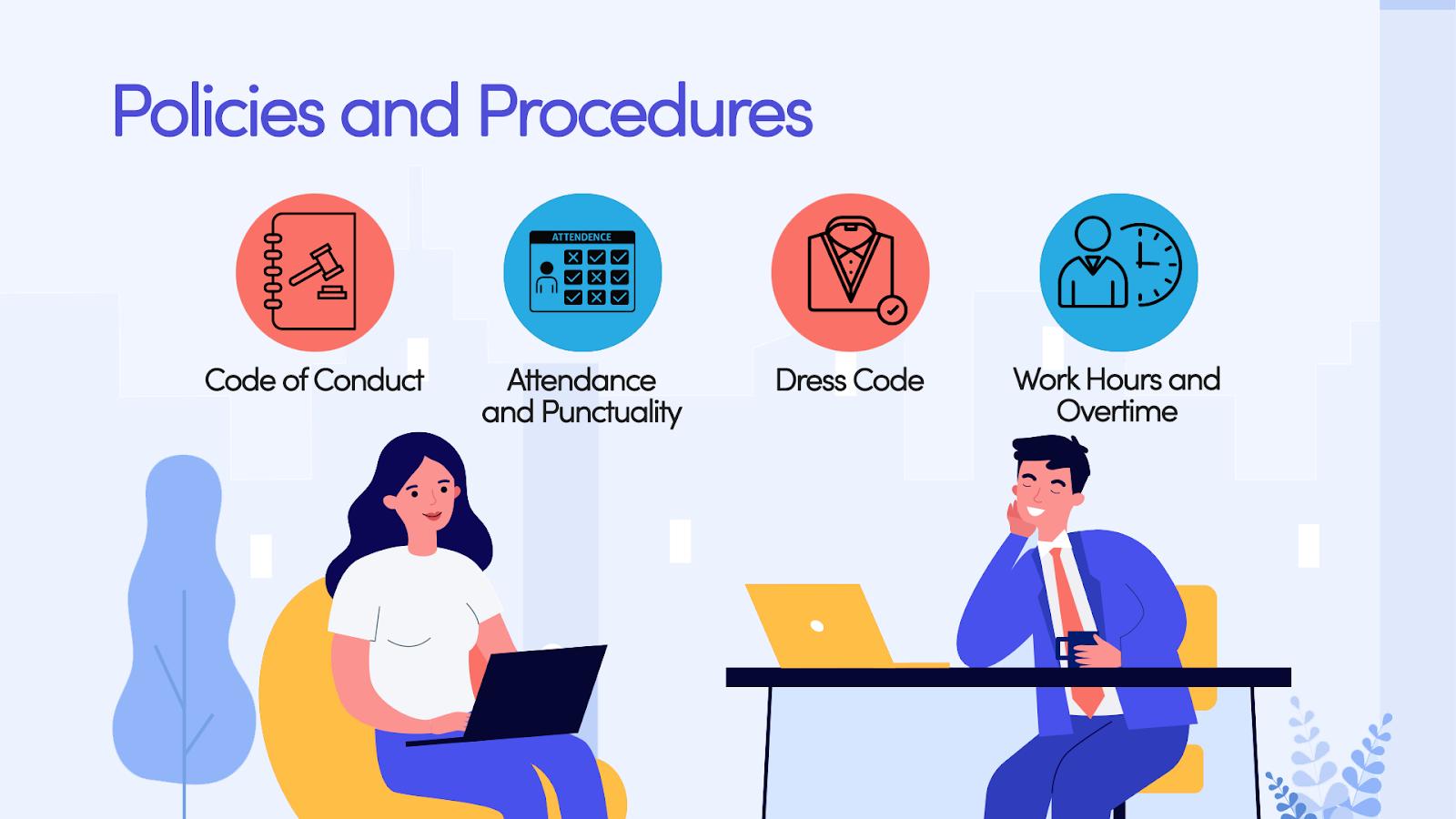
Laws Your Policies Should Cover
When drafting your employee handbook, it’s important to recognize the close connection between policies and laws. Both are essential for creating a compliant and effective handbook.
In the United States, while many federal and state laws don’t require specific policies to be included in your handbook, they often mandate that you provide employees with notice about these laws. This notice may need to be given at certain times, such as when an employee is hired or on an annual basis.
Employment laws cover various topics, including employee rights, safety standards, and workplace conditions. Your handbook should not only help your company comply with these legal notice requirements but also include policies that reflect your organization’s unique needs, values, and culture.
Here are the key laws your policies should address:
- Anti-discrimination and harassment laws
- Equal Employment Opportunity (EEO) laws
- Wage and hour laws
- Workplace safety regulations
- Family and Medical Leave Act (FMLA) and other leave laws
- Employee benefits regulations
By ensuring your handbook covers these areas, you can help protect your company and ensure that your employees are well-informed about their rights and responsibilities.
How to Write Your Handbook Content
As you draft these policies, clarity and consistency in language are key. Avoid using jargon or overly complex language that could confuse your readers. The goal is to make the handbook easy to understand for everyone, regardless of their role in the company.
Customization is another important factor. Your handbook should reflect your company’s brand and culture. Use language and examples that resonate with your employees and align with your company’s identity. This makes the handbook not only a guide for behavior but also a reflection of what your organization stands for.
In addition to writing policies, consider what cultural content you’ll include. This might be your company’s mission, vision, and values, or a timeline of your company’s history. Including this content helps reinforce your company’s culture and gives employees a deeper understanding of the organization they’re a part of.
Review, Edit, and Approve Content
After drafting your employee handbook, the next step is to review, edit, and secure approval for the content. This process ensures that the handbook is accurate, comprehensive, and legally compliant.
First, seek input from key stakeholders. This includes department heads, managers, and anyone else who can provide valuable insights into the content. Additionally, it’s essential to get feedback from an attorney who specializes in employment law. Their review will help you identify any legal issues and ensure that your policies align with current laws.
Once you’ve gathered feedback, incorporate the necessary revisions. This step might involve clarifying language, adding or removing sections, or making adjustments to ensure the handbook is both practical and legally sound.
Finally, obtain final approval from leadership. This gives your handbook the official green light and ensures that it has the full support of your organization’s top decision-makers.
Prepare for Distribution
Once your employee handbook is finalized, the next step is to prepare for its distribution. Making sure your employees can easily access the handbook is crucial for its effectiveness.
Decide on your delivery method and get it approved by leadership. Whether you choose to distribute the handbook digitally, in print, or through a combination of both, ensure that the method aligns with your company’s needs and resources.
Digital Handbooks and Online Software
If you’re using a digital handbook, think about how your employees will access it securely and easily. Consider how you’ll send out the launch email and make sure that the email settings are correct so that it doesn’t end up in spam folders. This is important for ensuring that all employees receive the handbook without issues. There are a handful of creative ways you can announce your handbook, especially if you decide to go digital since you’re basically just telling people to access a certain link.
If you want to use software, like Blissbook, it’s important to select one that fits your exact requirements and that can be challenging. To assist you in making the right decision, we’ve put together a list of the top five services that focus on employee handbook creation. Each of these services comes with distinct features designed to streamline the process, ensure compliance with legal standards, and offer the flexibility to tailor your handbook to reflect your company’s values.
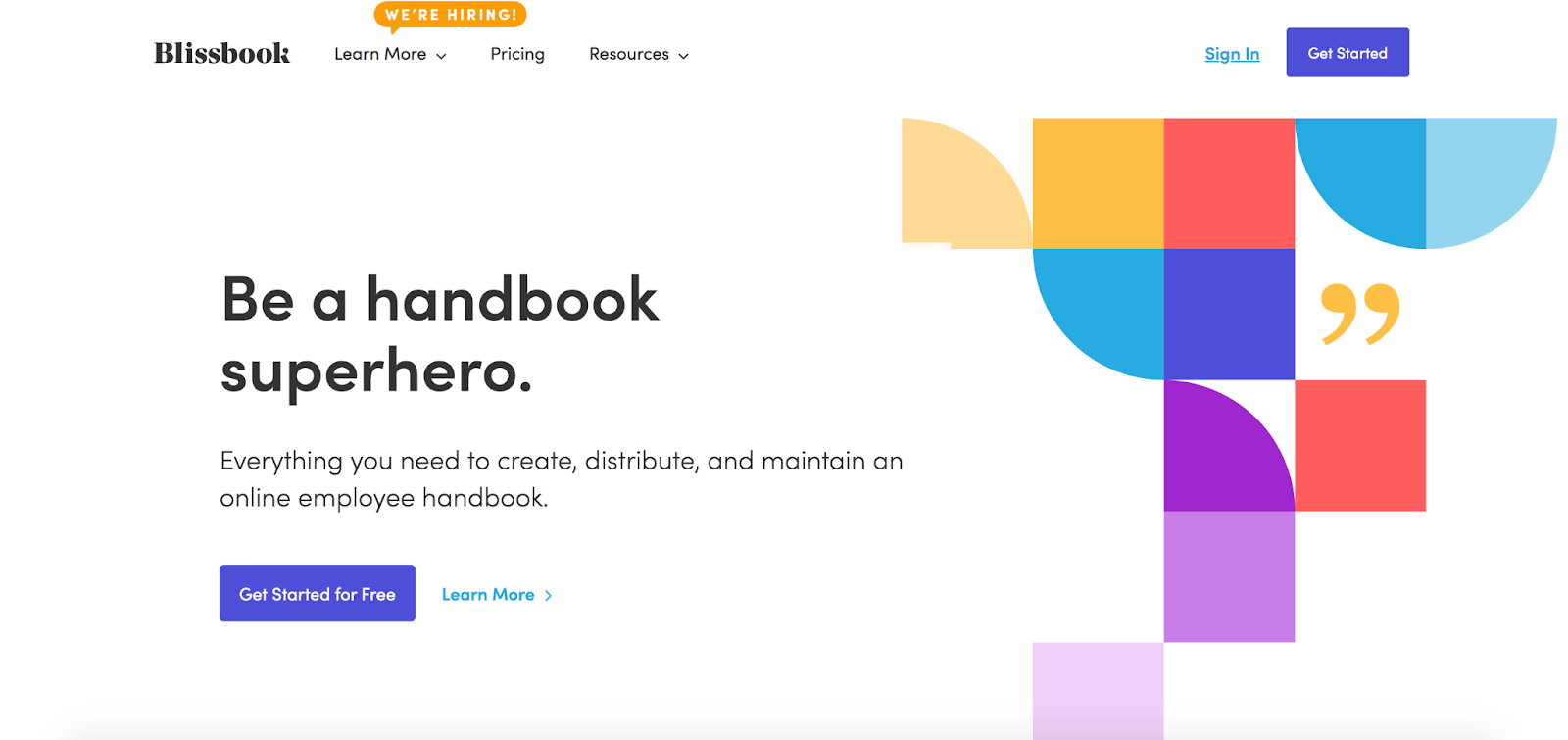
Once you’ve made the decision, there are a few additional steps to consider. Make sure you know how to upload or synchronize your list of employees so that everyone has access. If your company uses Single Sign-On (SSO), configure it to make logging in easy for your team. Additionally, if you want to use custom domains, enable that feature to match your company’s branding.
Finally, ensure that any future updates to the handbook can be communicated easily to employees. This might involve setting up a notification system within the software or having a process in place for distributing updated versions.
Implement Design and Format of the Handbook
Design and formatting play a significant role in how your employee handbook is perceived and used. A thoughtfully crafted handbook not only looks professional but also reflects your brand identity. It can also positively influence employees’ perception of their relationship with the company.
Incorporate the Right Visual Elements
Start by incorporating your brand’s identity and visuals into the handbook. This includes selecting the right images, fonts, and following your company’s branding guidelines. You might consider using templates to streamline the design process, guaranteeing a consistent and polished look. The visuals you choose, such as icons, infographics, and charts, should be consistent with your company’s image and help make the handbook more engaging and easier to navigate.
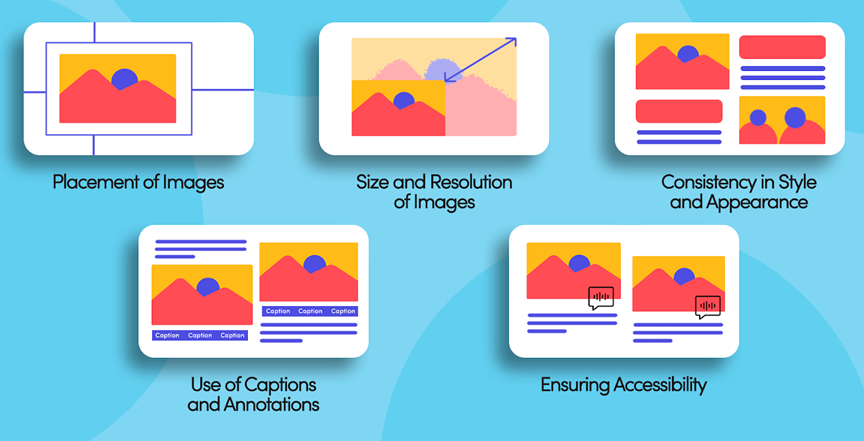
Also pay special attention to the cover page—design it to be eye-catching and reflective of your brand, as it sets the tone for the entire document. Finally, consider how to provide both online and offline accessibility. Depending on your company’s needs, you may want to offer both physical and digital copies of the handbook. This ensures that all employees, regardless of their access to technology, can easily refer to the handbook.

Involve Your Marketing Team
To make sure that the handbook aligns with your overall brand strategy, take advantage of the rapport you’ve built with your marketing team. If they’re already on board to assist with the project, here are some ways you can collaborate with them:
- Encourage your designers to explore innovative ways to break up large sections of text.
- Request their help in conveying information visually instead of relying solely on text.
- Have them point out any text that’s unclear or unengaging to them.
- Seek their input on how to enhance your policies.
Remember, they’re there to support, not critique; their expertise can elevate your handbook to a higher level.
On the other hand, if you’re working with a software provider or third-party vendor, make sure to send them your branding guidelines so they can implement them correctly.
Finally, once the design is complete, send it to leadership for approval. This step ensures that the final product aligns with the company’s vision and meets all necessary standards.
Launch Day!
The big day has arrived—it’s time to launch your employee handbook. Start by delivering the handbook to your audience using the method you’ve chosen, whether it’s digital, physical, or both. Make sure to pick an appropriate day and time for the launch, ideally when employees are likely to be available to review it.
To help employees understand the handbook and its contents, provide orientation sessions or Q&A opportunities. This is a great way to address any questions they might have and ensure everyone knows how to use the handbook effectively.
After the launch, it’s important to obtain acknowledgments and signatures from all employees to confirm they’ve received and read the handbook. If you’re using a digital platform, set up a system to track acknowledgments and send reminders if needed. Establish a regular cadence for these reminders to ensure that no one is missed.
Particularly, Blissbook excels in this area. We provide two options for collecting signatures: (1) employees can read through the handbook and sign it when they’re ready, or (2) they can sign first and review the handbook content at a later time.
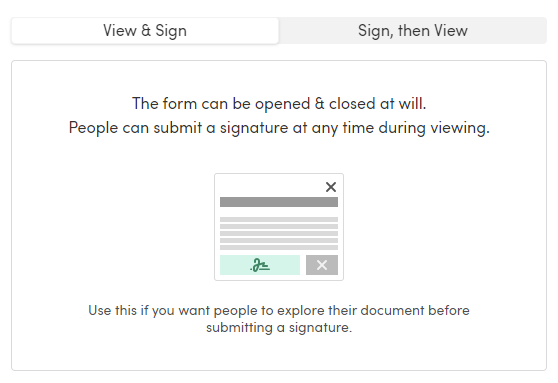
Blissbook also has a reporting center that helps you address three critical aspects of your employees’ engagement with your policies: whether the employee was informed about the policies, whether they reviewed them, and whether they signed the acknowledgment form.
Here, You can set up automated reminders for employees who haven’t signed yet so that acknowledgments are completed promptly. This feature streamlines the process and helps maintain up-to-date compliance records without the need for manual follow-up.
Regular Updates and Revisions
Your employee handbook shouldn’t be a static document—it needs to evolve with your organization. To keep it relevant and compliant, establish a regular review schedule. This could be annually or semi-annually, depending on your company’s needs.
Make sure the handbook is easy to update and that employees are promptly informed of any changes. Whether it’s a minor tweak or a major revision, clear communication is key to ensuring everyone stays on the same page.
As laws and company policies change, it’s important to adapt your handbook accordingly. Staying current with legal requirements protects your organization and keeps your handbook relevant. A crucial part of this process is identifying the areas that need updates. Typically, there are three key areas to focus on: legal compliance, policy updates, and overall improvements (such as design, language, cultural content, etc.)
Finally, seek feedback from employees. Their input can help you maintain the handbook’s relevance as your organization’s needs evolve. By regularly revising the content based on employee feedback and changing circumstances, you’ll ensure that your handbook continues to serve as a valuable resource.
Final Thoughts
Creating an employee handbook is an essential task that ensures your company’s policies are clear, compliant, and accessible to everyone. From researching and drafting content to designing and launching the handbook, each step plays a crucial role in making this resource valuable for your organization.
Compliance, communication, and transparency are key to the effectiveness of your handbook. Keeping the content up-to-date and easy to understand helps maintain a consistent work environment and supports your employees in understanding their roles and responsibilities.
Ready to take the next step? Download our checklist to guide you through the process of creating or updating your employee handbook. If you’re looking for a comprehensive solution, consider using Blissbook. You can set up a trial and request a demo to see how Blissbook can help you create a handbook that meets your company’s needs.